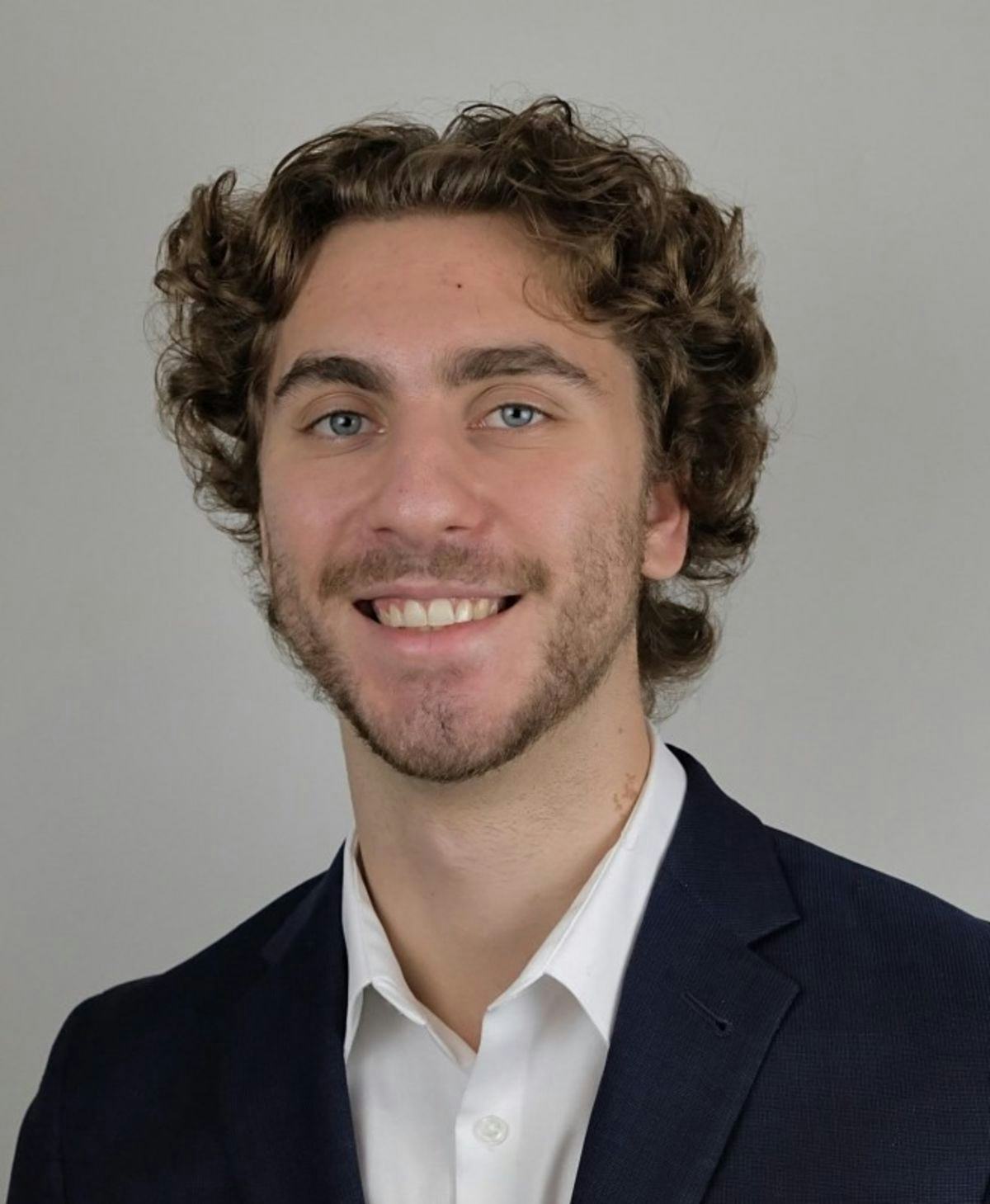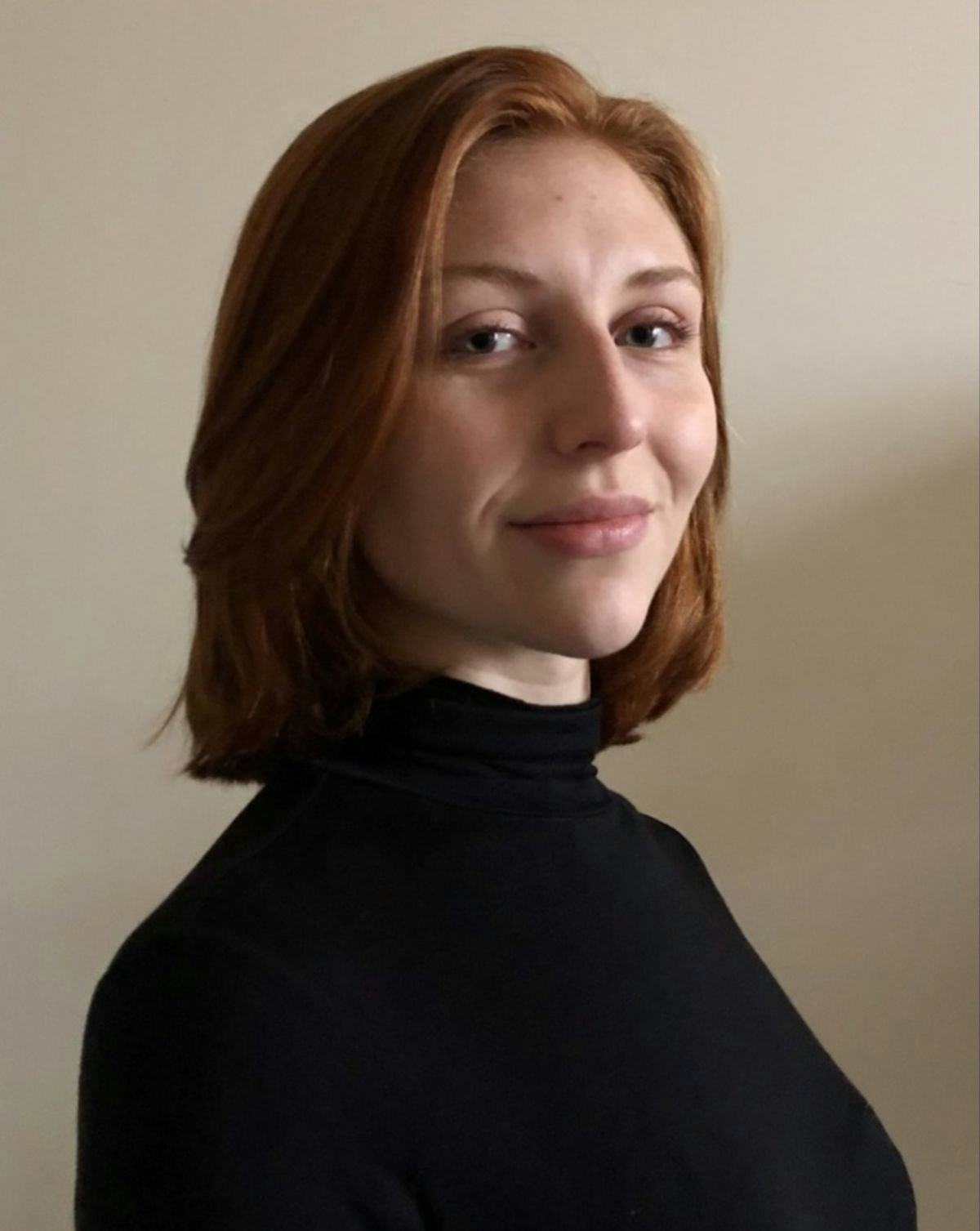A Quieter Place: Stevens Students Tackle Noise in Neonatal Intensive Care Units
Stevens biomedical engineering students’ flexible noise reduction solution for incubators was selected to be presented at the 2020 International Mechanical Engineering Congress & Exposition
According to the Centers for Disease Control and Prevention, one out of every ten infants born in the U.S. in 2019 were preterm babies, which means they were born before 37 weeks of pregnancy. Premature birth puts these infants at greater risk of disability, including hearing loss derived from noisy neonatal intensive care units (NICUs).
Stevens undergraduate biomedical engineering students Jake Fiore and Sophia Makepeace participated in a summer research project to develop a solution that may help address the challenge of noisy NICUs. They presented their solution at the 2020 International Mechanical Engineering Congress & Exposition (IMECE), which took place virtually this year.
IMECE is the largest research and development conference held each year by the American Society of Mechanical Engineers (ASEE), a non-profit organization providing leadership in innovative programs and services in engineering and education.
The paper accompanying their research and solution is currently under review and awaiting approval by the Journal of Neonatal Nursing.
Reducing noise in NICUs
According to the American Academy of Audiology, hearing loss can affect all newborns—for every 1,000 births, one in three newborns may have hearing loss. But the likelihood of significant hearing loss is much higher with preterm infants: 15 out of every 100 births.
Upon being born, neonates face an uphill battle, so they are admitted to a controlled hospital area: the NICU. Incubators found in NICUs mimic the uterine environment to help preterm infants maintain a constant body temperature, promoting further growth and development.
However, studies have shown that the noise levels in NICUs can contribute to hearing loss among preterm babies. Sound in the NICU, generated from continuous positive airway pressure (CPAP) machines, other life-sustaining devices, and external human noise, can average between 62 decibels to 120 decibels. This exceeds the American Academy of Pediatrics’ recommended noise level of lower than 45 decibels.
Fiore and Makepeace saw that incubators on the market do not address this noise issue. Born out of a summer research project, they developed a solution to help reduce NICU incubator noise levels.
“We did the project from home at the first peak of COVID-19, so we had to improvise since we didn’t have access to the lab,” said Fiore. He explained that they used a fish tank to model their incubator solution’s dimensions during their video presentation at IMECE.
Their solution consists of an adjustable foam insert that can line the edges of any incubator. The insert helps with sound absorption while allowing neonatologists to maintain full visibility of the preterm infant placed inside the incubator. As part of the solution’s design, a component fits perfectly with a Z-flow, a device used to optimize the infant’s positioning in the incubator, maximizing patient health. In testing the foam insert and multi-channel Active Noise Control system, they found that the noise level was reduced by over 15 decibels.
”Dr. Khalil at Hackensack Meridian came to us several years ago with this problem, and we tried other methods that were more complex,” said Sally F. Shady, associate chair of Undergraduate Education and teaching associate professor in Stevens' Department of Biomedical Engineering. “This technology is exciting because it has the ability to adjust to any type of incubator and can save millions of infants from the adverse complications caused by noise in the NICU.”
Stevens coursework and faculty: keys to a successful project outcome
Fiore and Makepeace agree that the coursework at Stevens and the guidance provided by Shady were vital to this project’s success.
“I was glad that Dr. Shady selected Sophia and me for this project. We both had her for our biomechanics class, which was one of my favorite courses thus far at Stevens,” said Fiore.
“In the spring, I was lucky enough to take biomechanics, where I learned most of what I know now about the mechanics of prosthetics,” said Makepeace. “While we had little experience with the topic of our summer research, working closely with Dr. Shady all summer gave us a clear understanding of what is required and expected of a research publication and presentation.”
This project also provided Makepeace with an opportunity to realize her passion for biomedical engineering, which she first discovered during her time at the University of Vermont. “I transferred to Stevens halfway through my college career, seeking a more established biomedical engineering program,” she said. “Jake and Sophie were a pleasure to work with. They were hard-working, diligent, and resourceful. We had weekly meetings on Zoom and were able to conduct the entire research virtually,” said Shady.
As for what’s next, Fiore, currently a senior at Stevens, plans on going to medical school next year. “My ultimate goal is to become an orthopedic surgeon due to my love of biomechanics and sports,” he said, citing his own background with sports-related injuries and surgeries while playing on the Stevens men’s soccer team.
Makepeace is part of the Accelerated Master’s Program at Stevens, so she will return next year to earn a master’s degree in mechanical engineering. Her ultimate career goal is to work in the field of biomedical prosthetics.




